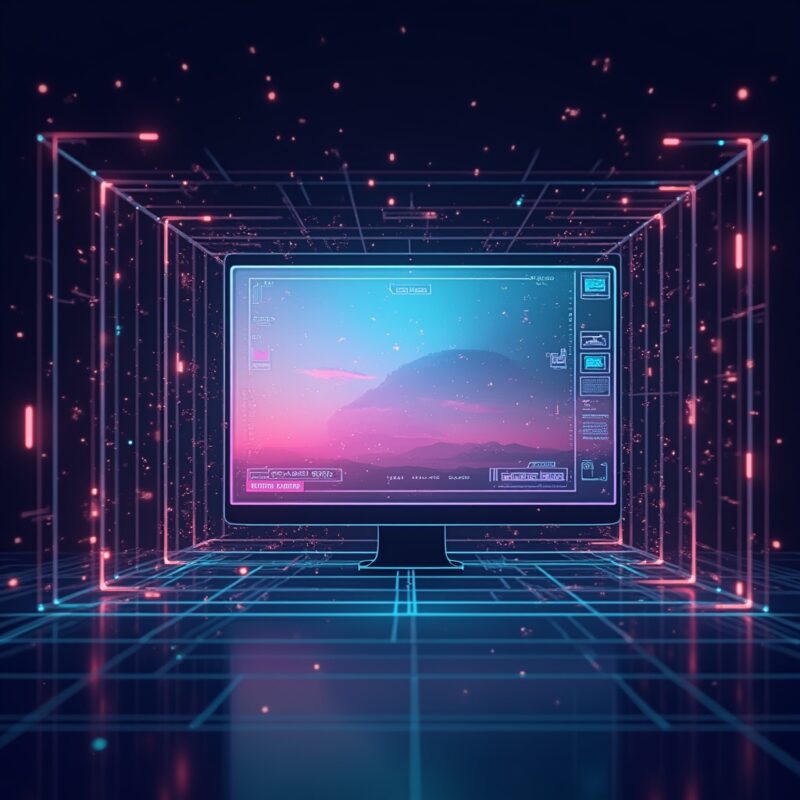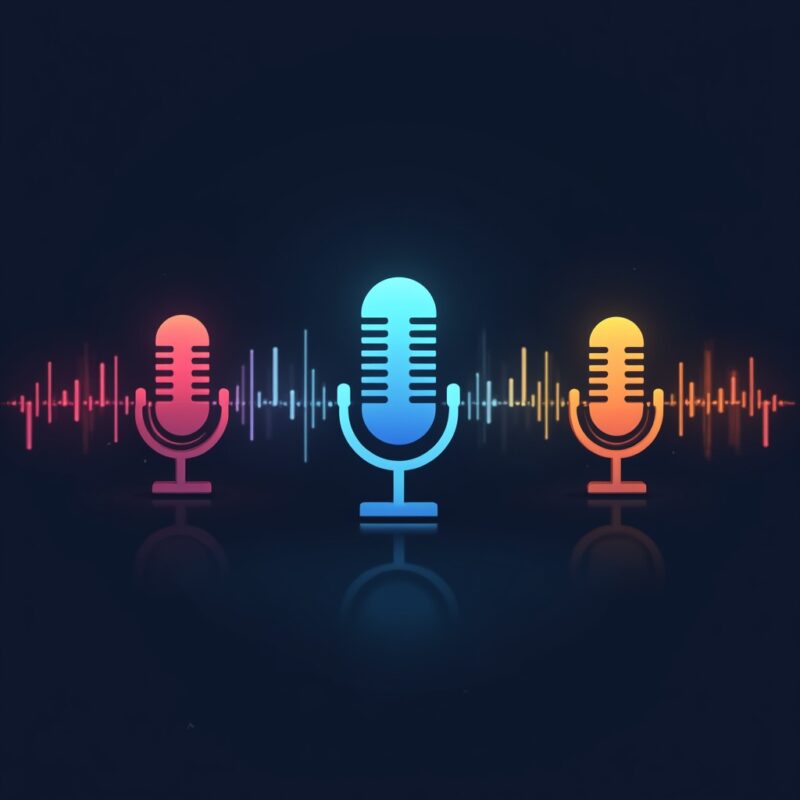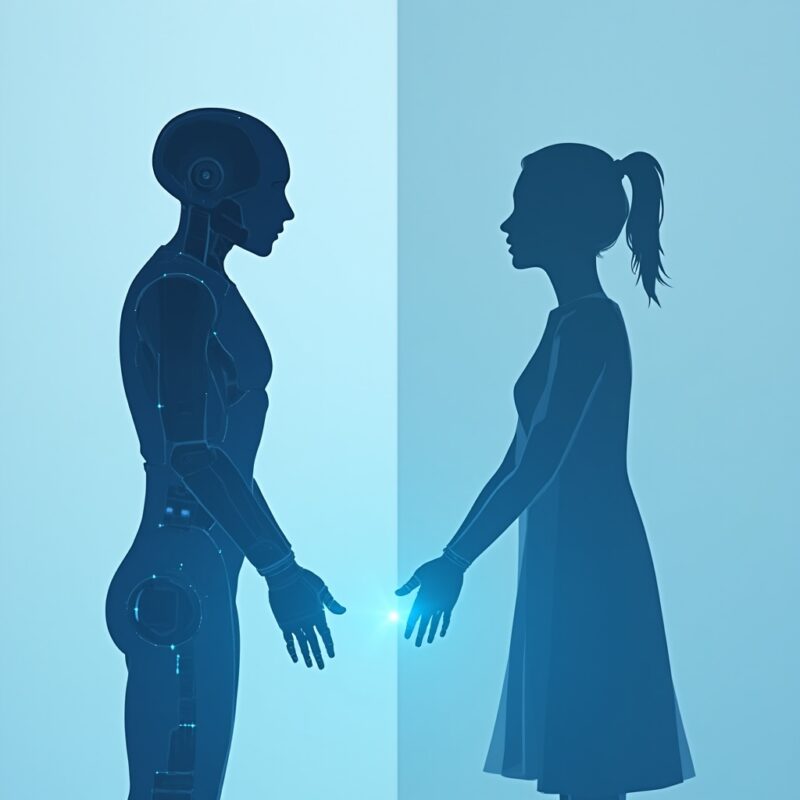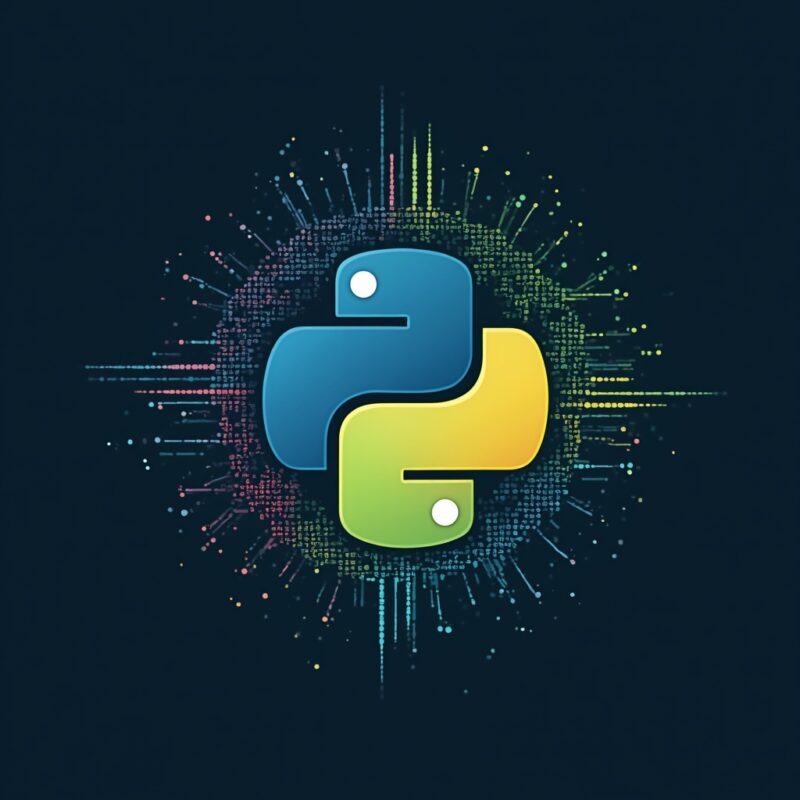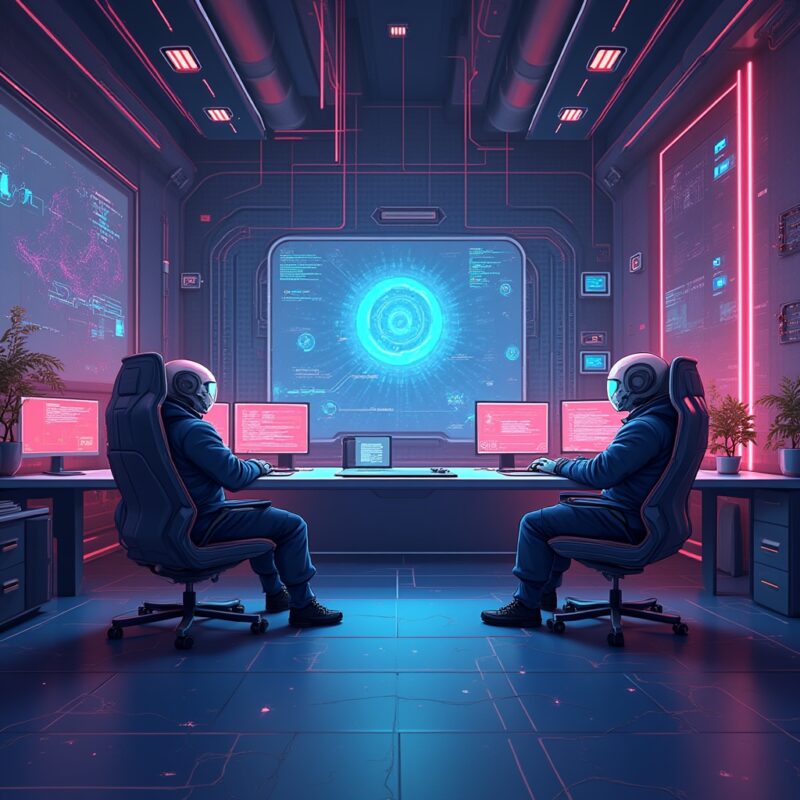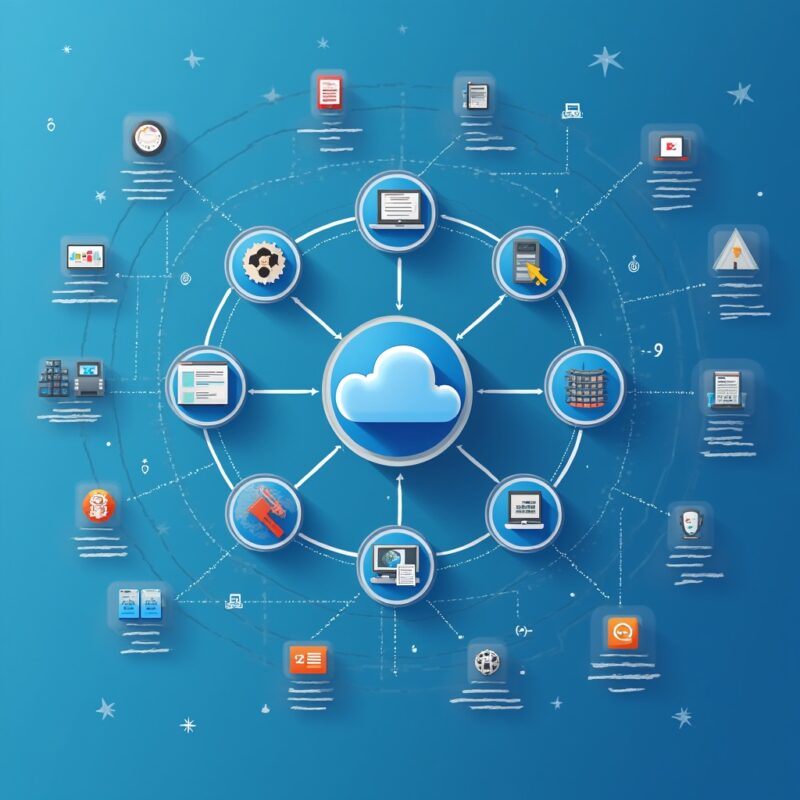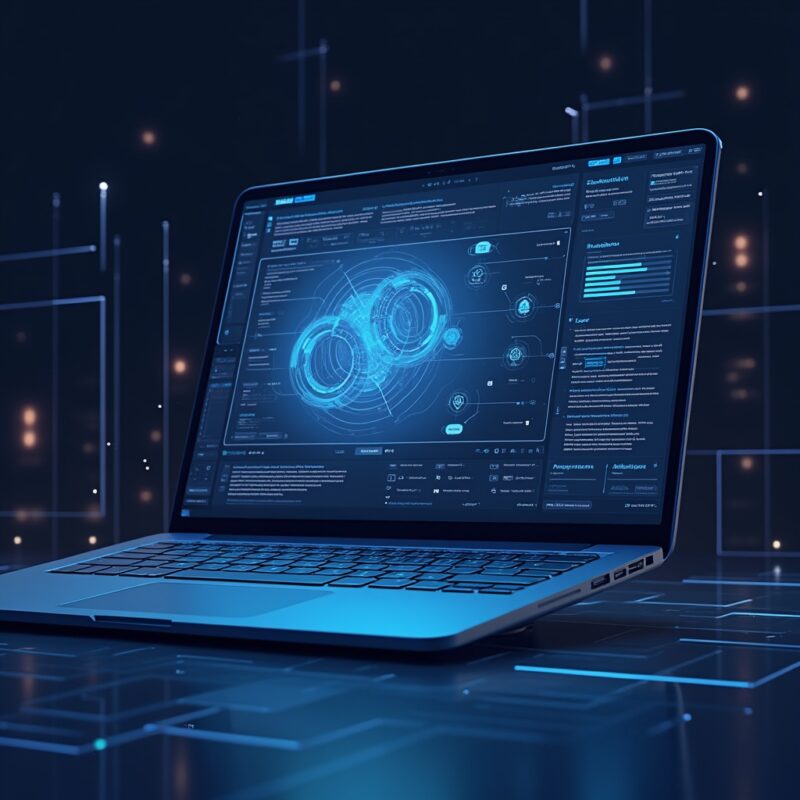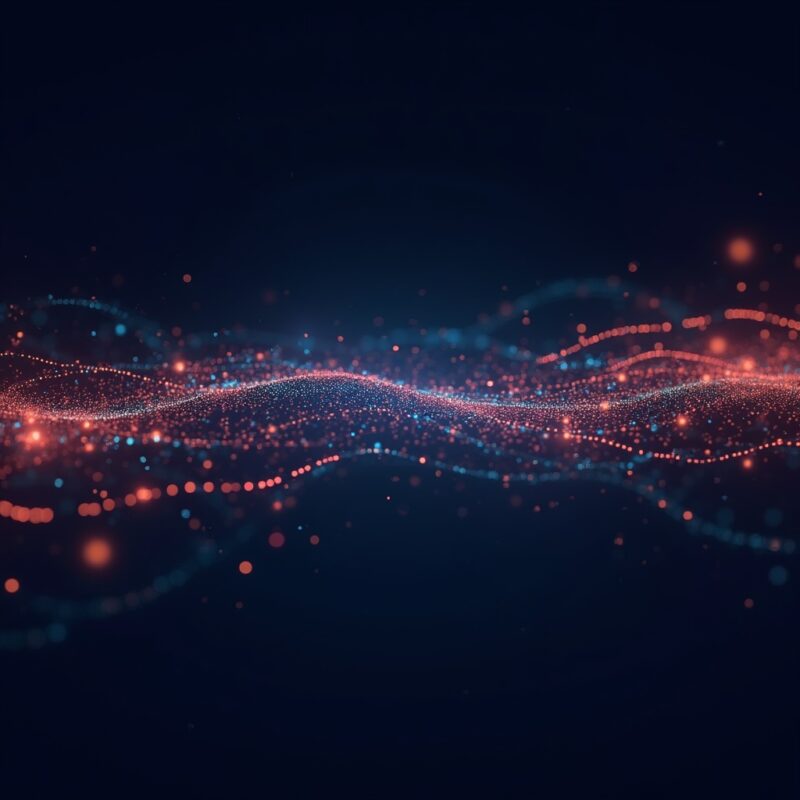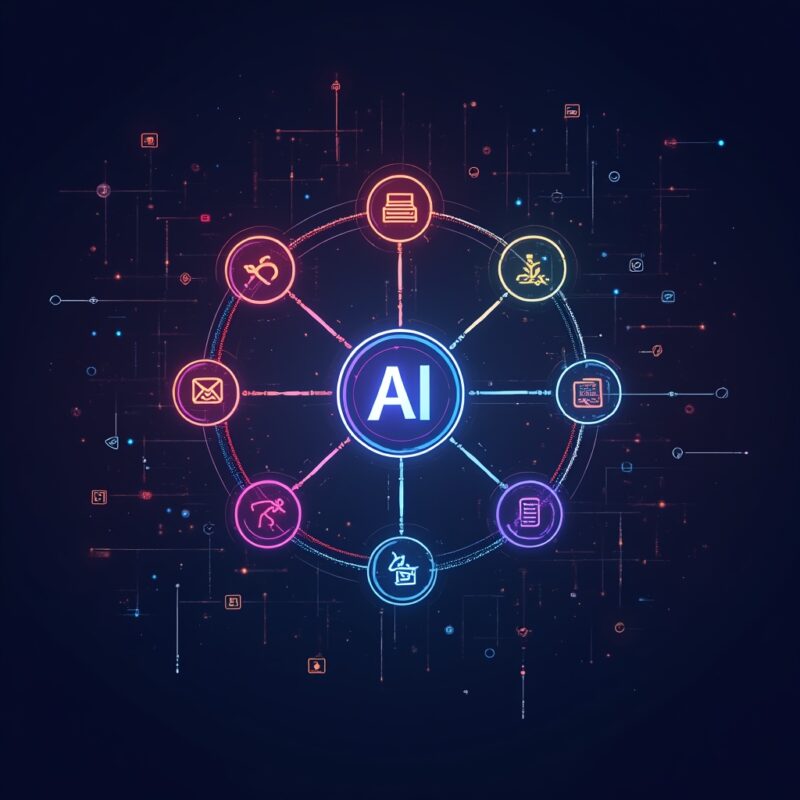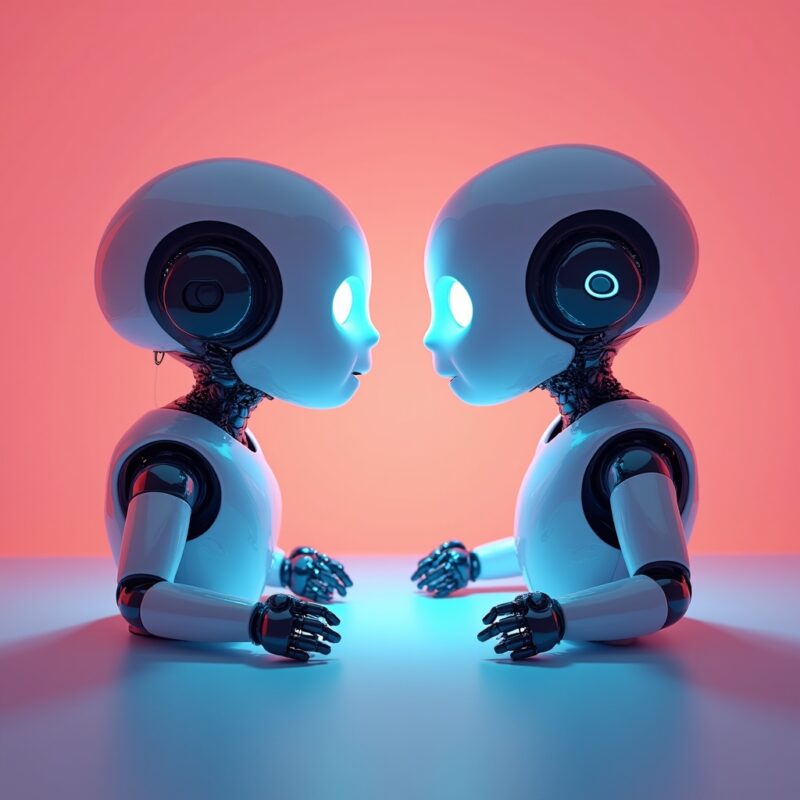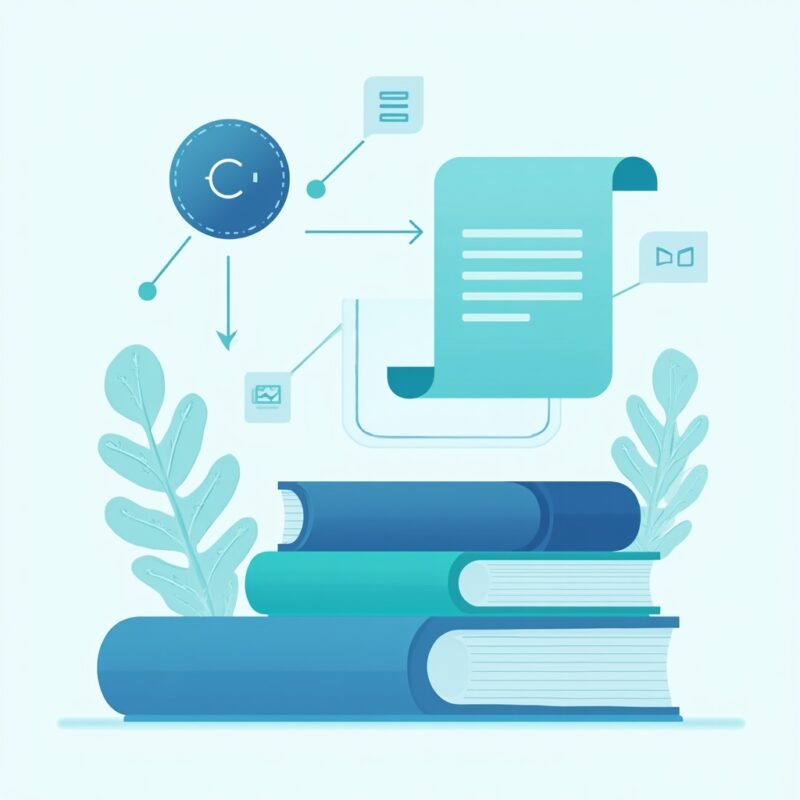Convert PSD to AI: Step-by-Step Guide for Designers
Converting PSD to AI allows designers to transform raster Photoshop files into editable vector graphics in Illustrator. The process involves exporting from Photoshop in a compatible format (like PDF or EPS), then importing and refining in Illustrator to maintain design integrity while gaining vector scalability.
Why Designers Need to Convert PSD to AI Files
Ever stared at your beautiful Photoshop creation and thought, “This would be perfect if I could just scale it to billboard size without it looking like pixel soup”? I’ve been there—squinting at my screen, watching in horror as my carefully crafted design turned into a blocky mess when scaled. That’s when I knew I needed to venture into the magical land of vectors.
The PSD-to-AI journey isn’t just some technical mumbo jumbo for design nerds (though we design nerds do love it). It’s actually a crucial skill for anyone who wants their work to be flexible, scalable, and useable across different media. Let’s break it down…
What Exactly Is PSD to AI Conversion?
At its core, converting from PSD to AI means transforming pixel-based Photoshop files into vector-based Illustrator files. Think of it as translating your design from a language of tiny colored squares (pixels) to one of mathematical curves and paths (vectors).
PSD files (Photoshop Documents) are primarily raster-based, meaning they’re made of pixels—those little dots that, when zoomed in too far, make your image look like a Minecraft creation. These files excel at complex photographs and detailed effects, but they’re size-dependent.
AI files (Adobe Illustrator) are vector-based, composed of paths defined by mathematical formulas instead of pixels. This means you can scale them to teh size of a postage stamp or a skyscraper without losing quality. Pretty neat, right?
The Technical Difference
- PSD (Raster): Resolution-dependent, great for photos and complex effects
- AI (Vector): Resolution-independent, perfect for logos, typography, and illustrations that need scaling
Step-by-Step Guide to Converting PSD to AI
Enough theory—let’s get our hands dirty with actual conversion. I’ve spent countless hours perfecting these workflows (usually with a concerning amount of coffee), so you don’t have to.
Method 1: The Export/Import Approach
- Prepare your PSD file: Organize your layers, remove unnecessary elements, and make sure everything is properly named. Trust me, your future self will thank you.
- Save as PDF: In Photoshop, go to File > Save As > PDF. This format preserves vector elements better than most others.
- Open in Illustrator: Launch Illustrator and open the PDF you just created.
- Check and refine: Carefully inspect elements, fix any conversion issues, and make necessary adjustments.
- Save as AI: File > Save As > AI format. Voilà! Your Photoshop creation now lives in vector paradise.
Method 2: Copy and Paste for Specific Elements
Sometimes you don’t need the whole PSD converted—just specific elements. In that case:
- Select the element in Photoshop you want to convert
- Copy it (Ctrl+C or Command+C)
- Paste it into an open Illustrator document (Ctrl+V or Command+V)
- Choose “Paste As: Smart Object” when prompted
- Use Illustrator’s Image Trace to vectorize if needed
Common Challenges (And How to Overcome Them)
Learn more in
AI Changer to Human: 5 Tools That Humanize AI Content
.
Loss of Effects
Some Photoshop effects don’t translate perfectly to Illustrator. Layer styles like drop shadows and glows might look different after conversion. The fix? Recreate these effects using Illustrator’s native effects system, which honestly gives you more control anyway.
Text Troubles
Text sometimes converts as outlines rather than editable text. If maintaining editable text is important:
- Before exporting from Photoshop, note the font names, sizes, and colors
- After importing into Illustrator, recreate text elements manually
- For complex typography, consider bringing in text as outlines if you don’t need to edit it further
Complex Raster Elements
Some elements are just better as raster images—like photographs or complex textures. For these:
- Use Illustrator’s “Place” command to import these elements as linked images
- Consider maintaining a hybrid workflow where some elements stay raster-based
- Use Image Trace selectively on elements that would benefit from vectorization
Advanced Techniques for Design Integrity
Smart Objects Workflow
One of my favorite workflows involves Smart Objects, which are kinda magical:
Convert PSD to AI: Step-by-Step Guide for Designers
- Convert your Photoshop layers to Smart Objects before exporting
- Export as PDF, preserving editability
- When opened in Illustrator, you’ll have more flexibility with these elements
- You can double-click Smart Objects to edit their original properties
Using Image Trace Effectively
Illustrator’s Image Trace can be your best friend or worst enemy. Here’s how to make it behave:
- For logos and simple graphics: Use the “Silhouettes” preset
- For detailed illustrations: Try “Detailed Illustration” but be prepared to clean up
- Always check “Preview” to see results before committing
- After tracing, use “Expand” to convert to fully editable vectors
- Clean up unnecessary anchor points with the Simplify tool
Real-World Applications
Why go through all this trouble? Because real-world design demands flexibility. Here are scenarios where PSD to AI conversion shines:
Logo Design
You might start concepting in Photoshop for its photo-manipulation capabilities, but your final logo absolutely needs to be vector-based. Converting properly ensures your client can use that logo on everything from business cards to billboards.
Print Materials
Magazines, brochures, and packaging designs often require vector elements for sharp printing at various sizes. Your printer will literally send you thank-you notes (or at least not angry emails) when you provide properly vectorized files.
UI/UX Design
Many designers sketch interfaces in Photoshop but need vectors for scalable UI elements across different device sizes. The conversion process ensures your gorgeous buttons and icons stay crisp on everything from watches to 4K monitors.
Learn more in
AI Changer to Human: 5 Tools That Humanize AI Content
.
Common Myths About PSD to AI Conversion
Myth 1: “One Click Does It All”
Despite what some YouTube tutorials promise, there’s no magical one-click solution that perfectly converts complex PSDs to AI. Good conversion requires understanding, planning, and often some manual refinement. Anyone who tells you different is probably trying to sell you something.
Myth 2: “Everything Should Be Vectorized”
Not every element benefits from vectorization. Photographs, complex gradients, and certain textures often work better as high-resolution raster images, even within an Illustrator file. It’s about using the right technique for the right element.
Myth 3: “It’s Only for Advanced Designers”
While there’s definitely a learning curve, basic PSD to AI conversion is accessible to designers at all levels. Start with simple projects, follow the steps outlined above, and you’ll be converting like a pro in no time.
What’s Next After Converting?
Once you’ve successfully converted your PSD to AI, you’ve opened up a world of possibilities:
- Create scalable versions of your design for different applications
- Prepare print-ready files with proper color spaces (CMYK)
- Export to SVG for web use
- Animate vector elements using software like After Effects
- Create variations with different color schemes or components
The journey from pixels to vectors isn’t always smooth, but it’s absolutely worth it for the flexibility and possibilities it opens up. Your designs deserve to live their best life across all mediums and sizes—and proper PSD to AI conversion is how you get them there.
Remember: great design transcends the tools we use to create it. Whether you’re pixel-pushing in Photoshop or path-perfecting in Illustrator, it’s about creating something meaningful. The conversion process is just a bridge between these two powerful worlds.


